From Vienna, the capital, to Lower and Upper Austria, from Carinthia to Styria, from Salzburg to Tyrol, Austria is rich in palaces and castles linked to important families and personalities. Mansions that were once the scene of the events and intrigues of powerful dynasties and still exude their charm, standing out on slopes and hills or erecting majestically in their Baroque forms, surrounded by beautiful parks and gardens. Castles make people dream: they lead into fairy-tale worlds among princesses and emperors. Their stories still echo in their rooms, and walking through them always gives a certain thrill--with a hint of magic. Many now house museums as well. All that remains is to set out on this journey to discover Austria’s most beautiful palaces and castles.
Starting in the capital, there is no way around theHofburg, or Vienna’s imperial palace, Schönbrunn Palace and Belvedere Palace, which now houses one of the world’s most important museums. For more than six hundred years the Hofburg was the residence of the Habsburgs: they ruled here from the 13th century, first as rulers of Austria, then as emperors of the Holy Roman Empire, and from the 19th century as emperors of Austria, until 1918, when the monarchy ended. The imperial palace can be considered a city within a city, with its eighteen wings, nineteen courtyards, and two thousand six hundred rooms, totaling 240 thousand square meters. Everyone will be familiar with Sissi: well here visitors have the opportunity to delve into the various public and private aspects of the famous empress through the many exhibits, including personal ones, in the museum dedicated to her. Also, the Imperial Apartments with the reception rooms of Emperor Franz Joseph and his wife Sissi, the Silver Museum, and the Imperial Treasure Chamber, which holds the Crown Jewels of the Holy Roman Empire, the crown of Rudolph II, and the Habsburg jewels. Today the Hofburg is also home to the Spanish Riding School and the Austrian National Library. Schoenbrunn Palace, a UNESCO World Heritage Site, was the former summer residence of the Habsburgs. Its present Baroque forms are due to Maria Theresa of Austria, who had it rebuilt and expanded from 1743. Famous figures such as Mozart and Napoleon passed through here, and it is also linked to historical events such as the Congress of Vienna of 1814-1815 and the end of the monarchy signed by Charles I in 1918. Among its forty-five rooms that can be visited (consider, however, that there are 1441), the Hall of Mirrors, the Grand Gallery, the Hall of Ceremonies, the Blue Chinese Salon, the Vieux-Laque Room, and the Chamber of Millions (among the most beautiful Rococo rooms in the world) are worth mentioning. In addition to the splendid park that surrounds it with its beautiful fountains, the Orangery, the Imperial Carriage Museum, and the Zoological Garden (the oldest in the world) are worth seeing. Finally, the Belvedere Palace, also a UNESCO World Heritage Site and among the most beautiful Baroque architecture in Europe, was once intended as the summer residence of Prince Eugene of Savoy. Now the Upper Belvedere houses the most important collection of Austrian art, including the world’s largest collection of paintings by Gustav Klimt; the Lower Belvedere houses temporary exhibitions, while Belvedere 21, built in 1958, is dedicated to contemporary art exhibitions.
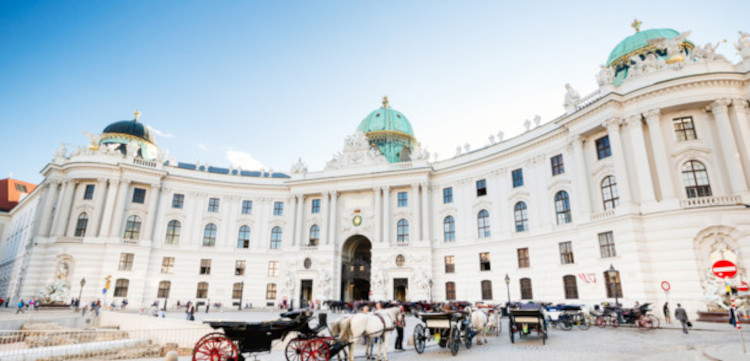
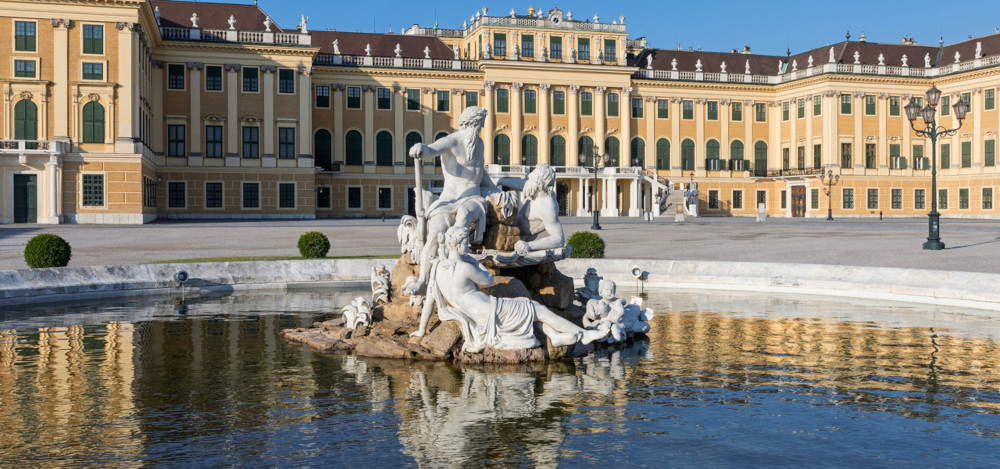
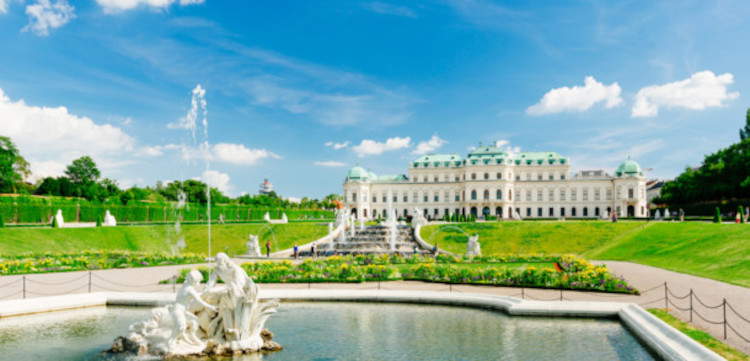
In the Schlossquartier of Eisenstadt, less than an hour’s drive from Vienna, is the Esterházy Palace, the most important residence of one of Hungary’s oldest noble families. Today it is considered one of the most beautiful Baroque palaces in Austria for its sumptuous rooms. Its present Baroque appearance is due to Paul I, son of the progenitor of the Fraknó princely branch of the dynasty, Nikolaus: Paul had the renovation carried out in the second half of the seventeenth century, and he is also credited with the construction of the Great Hall, known today as Haydnsaal, in honor of the famous composer, Joseph Haydn, who served the Esterházy princes for about forty years, from 1761 to 1803, as chapel master, composer and conductor, and is considered among the finest concert halls in the world. Also dedicated to Haydn is the Sala Terrena, which has an original appearance: the floor is covered with a colorful carpet by Roy Lichtenstein, the walls are covered with wallpaper by Franz West, Verena Dengler and Margit Nobis, and there are also sound installations. You can also visit the Princess Apartment, or the rooms of the Esterházy’s three princess consorts. Today the Esterházy Palace holds the exclusive private collection of the lineage, and the cellar houses one of Austria’s largest wine museums.
Also in Burgenland, on the slopes of the Rosaliengebirge Mountains, stands the Forchtenstein Fortress built in the early 14th century. Its present appearance is due to the Esterházy princes who became its owners from 1622. Inside it holds one of the finest collections of arms in Austria. Paul I had a treasure chamber, the Schatzkammer, built from 1692: the only Baroque treasure chamber in Europe still preserved in its original location, with valuable Augsburg automata and clocks, numerous filigree-worked objects in ivory and bone, and the collection of silver furniture. Finally, in the Gallery of Ancestors, life-size portraits of members of the Esterházy family can be seen: among them would be Vlad Tepes III from whom Bram Stoker was inspired for his Dracula.


Carinthia, a region in southern Austria that includes Austria’s highest mountain, the Grossglockner, and is characterized by its mountains and lakes, is home to Hochosterwitz Castle and the ruins of Landskron Castle. The latter dominate the landscape on the hillside near Villach, and within them is the Eagle Arena (Adler Arena), thanks to the idea of two falconers who founded it and which today has become not only an attraction for the public but also a training center for birds of prey. It is therefore possible to observe birds of prey in flight soaring freely in the sky that, after dizzying flights, return to the falconer; the behavior and way of life of these animals partly threatened by extinction are also explained. Then there`s the Affenberg, the monkey mount, below, where more than 170 Japanese macaques live in the wild: here you have the opportunity to have an unforgettable experience accompanied by the park`s biologists and keepers. The Renaissance-looking Hochosterwitz Castle also stands out on a rocky outcrop. To get up there, one must either walk along a winding road barred by fourteen fortified gates or take a funicular railway. Inside it houses a hall of armor, the armory, and a collection of Renaissance paintings.
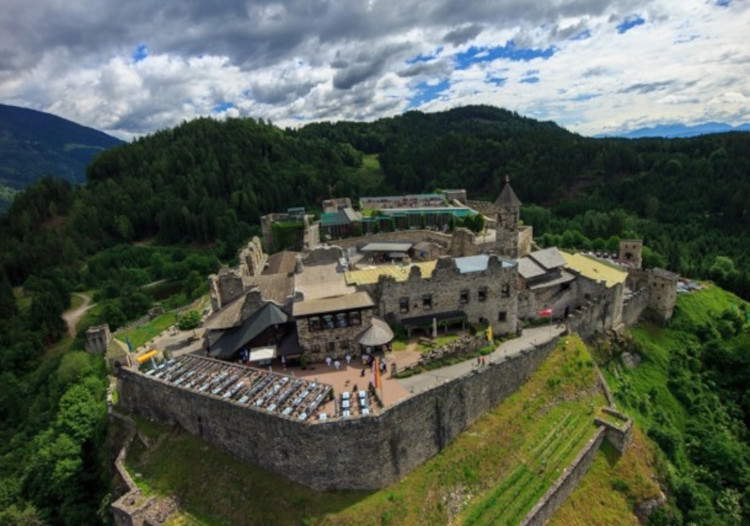
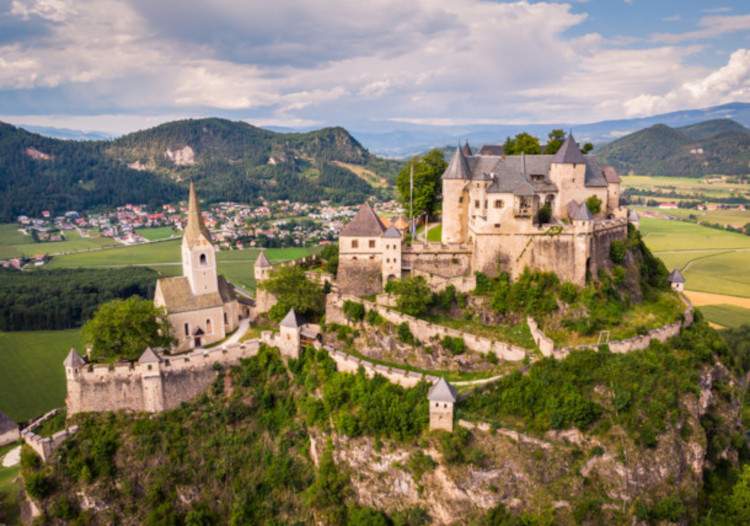
Lower Austria is home to Schloss Hof, Laxenburg Castle, and Kreuzenstein Castle. Thanks to a restoration that began in 2002, Schloss Hof is still one of the most beautiful Baroque buildings in Austria, with its sumptuous halls, noble and royal apartments, and Baroque garden full of pavilions and fountains. The complex in the Marchfeld region, the plain between the Danube and the Morava, was built in the late 1720s to serve as the residence and hunting lodge of Prince Eugene of Savoy. In the mid-18th century it was purchased by Maria Theresa of Habsburg and underwent significant changes: it became the site of the luxurious celebrations of the Imperial Court of Vienna. In Laxenburg, 15 kilometers from Vienna, is Laxenburg Castle, for centuries the favorite summer residence of the imperial family. With its extensive grounds, it is considered one of the most important monuments of historic garden art of the 18th and 19th centuries, but its history dates back to the 14th century. The most significant part of the complex is Franzensburg Castle, inaugurated in 1801 as a “garden house in the shape of a Gothic castle facing”-it was in fact built on an artificial island in the lake in imitation of a medieval building. Sissi spent her honeymoon here, after her lavish marriage to Emperor Franz Joseph, and here she took long rides in the castle woods. North of the village of Leobendorf, on a hilltop overlooking the Danube valley, on the other hand, is Kreuzenstein Castle. First mentioned in 1115, it was built on the remains of an earlier early medieval castle that fell into ruin and was later demolished during the Thirty Years’ War. It was rebuilt in the 19th century, and thanks to guided tours visitors can admire the armory, the knights’ hall, the chapel with its precious glass, and the original furnishings of rooms and halls.

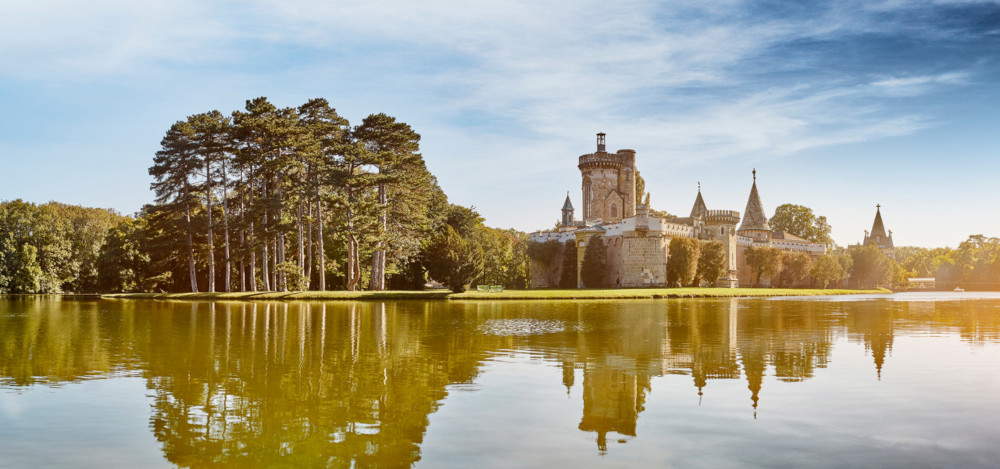
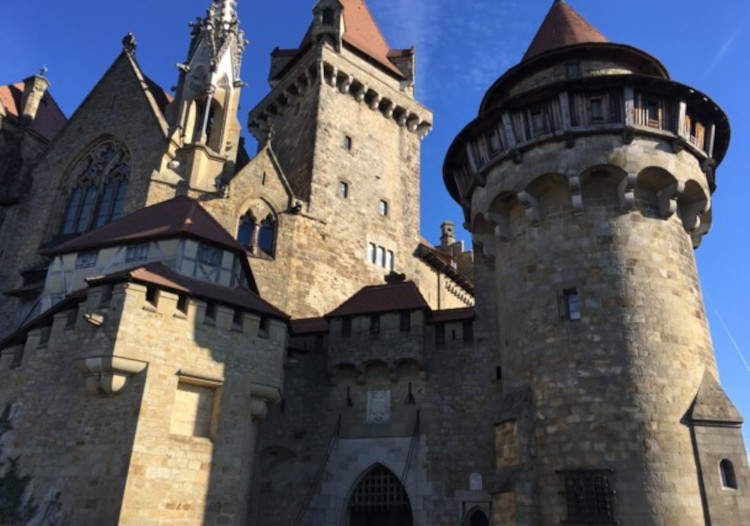
The Kaiservilla in Bad Ischl is a neoclassical building that was Archduchess Sophie’s wedding gift to Franz Joseph and his wife Sissi. In fact, it became the couple’s favorite summer residence. It is said that Dr. Wirer, court physician, suggested to Sophie, after six years of marriage still childless, that she bathe in the brackish thermal waters of Bad Ischl, and indeed four sons, including Franz Joseph, soon arrived. Expansion work was entrusted to Antonio Legrenzi, who between 1855 and 1858 created a renovated building with two new side wings. The present form recalls the letter E, perhaps in honor of Empress Elisabeth, Sissi. Franz Joseph spent as many as 82 summers in Ischl and celebrated his 81st birthday there.
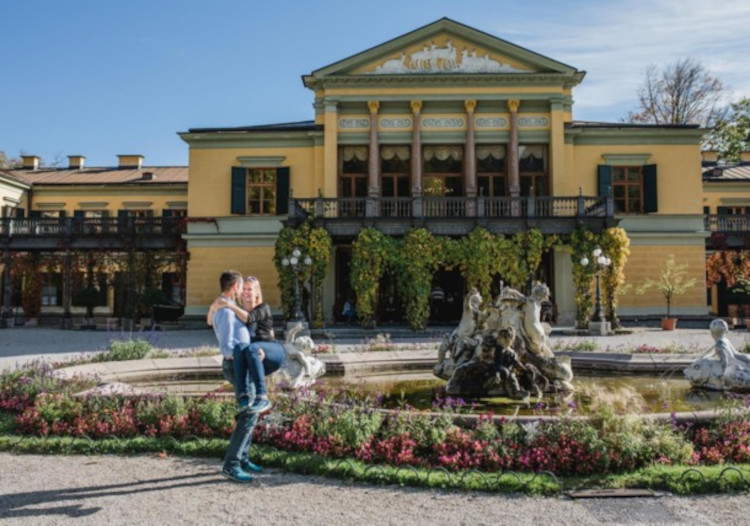
Dominating the old city of Salzburg is Hohensalzburg Fortress, the largest entirely preserved fortress in Central Europe. Considered one of the symbols of the city today, it was built in 1077 by Archbishop Gebhard and was converted into a noble residence in the late 15th century. Inside there is a museum displaying armor, a complete castle kitchen and heating system. And the prince’s rooms with a reproduction of the night sky and a gilded Stube. Also in Salzburg is access to Mirabell Castle with its gardens. The Castle was the love gift of Prince Archbishop Wolf Dietrich von Raitenau to his mistress Salome Alt and their 15 children in 1606. Lukas von Hildebrandt revisited it for Prince Archbishop Franz Anton Fürst von Harrach, but in 1918 it was involved in a serious fire and was thus rebuilt in the Neoclassical style. Baroque elements can be recognized in the facade, the Stairway of Angels, and the Marble Hall, a former ballroom. The gardens, on the other hand, which are characterized by their geometric forms, are owed to Prince Archbishop Johann Ernst Count von Thun, who had them laid out in about 1690 to a design by Johann Bernhard Fischer von Erlach, and were later modified around 1730 by Franz Anton Danreiter. In addition to sculptural groups and fountains, the gardens possess a hedge theater and gnome garden, a rose garden, and a palm tree greenhouse. Hellbrunn is home to the villa of delights of Prince Archbishop Markus Sittikus, who had a palace with parkland erected for himself complete with grottoes and water features. Built between 1612 and 1615 by architect Santino Solari, the villa is one of the most majestic of the late Baroque palaces north of the Alps. Finally, dominating the Salzach River valley from a rocky outcrop is the Hohenwerfen fortress: built in the 11th century, the fortress features Gothic frescoes in the chapel, princely halls, and rooms that house the falconry museum. The building has also been featured in films, such as Where Eagles Dare and in The Sound of Music.

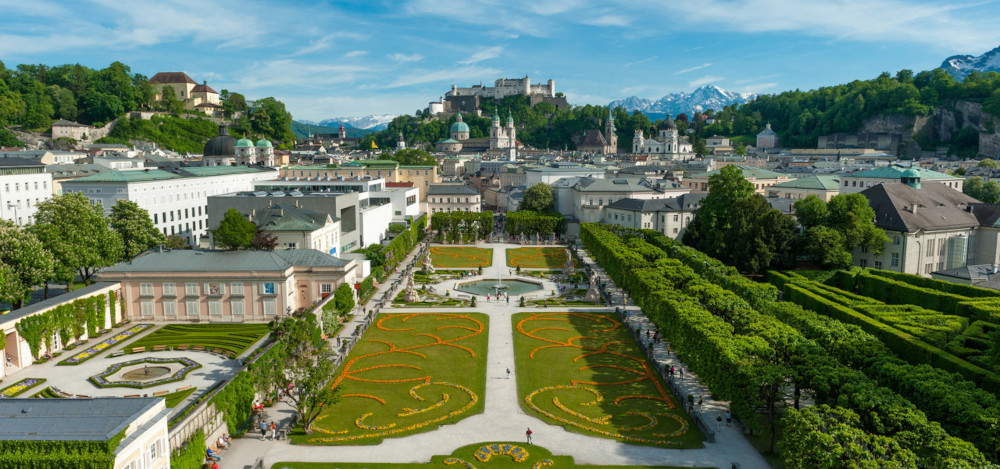
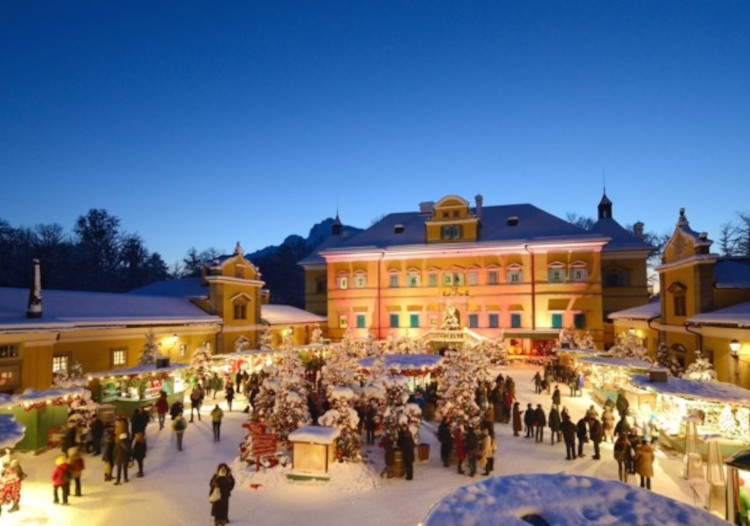

Moving to the outskirts of Graz, Eggenberg Castle, built at the behest of Prince Hans Ulrich von Eggenberg (1568 - 1634), personal adviser to Archduke Ferdinand II of Habsburg, stands out surrounded by a large park. The latter was one of the most influential statesmen in Styrian history. Originally the Eggenbergs were bankers, later they were provincial merchants, mint masters and city magistrates. It was Hans Ulrich who received the highest honors in the kingdom and turned his dynasty into the richest and most illustrious family in the land. Some numbers: the castle has 365 windows, 31 rooms per floor, 24 Prunkräume (the state rooms), 12 of which are on each side of the building, with 52 doors, 60 windows, 4 corner towers. Numbers that refer to seasons, weeks, days, hours, minutes. Also visible is the Hall of Planets with paintings of the stars and the twelve signs of the zodiac. Surrounding it is a 90-thousand-square-meter park dating from the Romantic period in which the Planet Garden and rose garden stand out. A Baroque wonder, the Eggenberg Castle holds a representation of the universe completed by architect Pietro de Pomis, which has been part of the UNESCO World Heritage Site since 2010. Perched on a basaltic cliff in the hills of eastern Styria, on the other hand, is Riegersburg Castle. Impressive in appearance, it has a very valuable interior and an extensive collection of weapons; it houses a museum dedicated to the Leichtenstein family, the current owners, and the Witch Museum, which commemorates their persecution in European history. To reach it, the brave can take a steep climb, otherwise a modern inclined elevator is available to take visitors up to the castle.
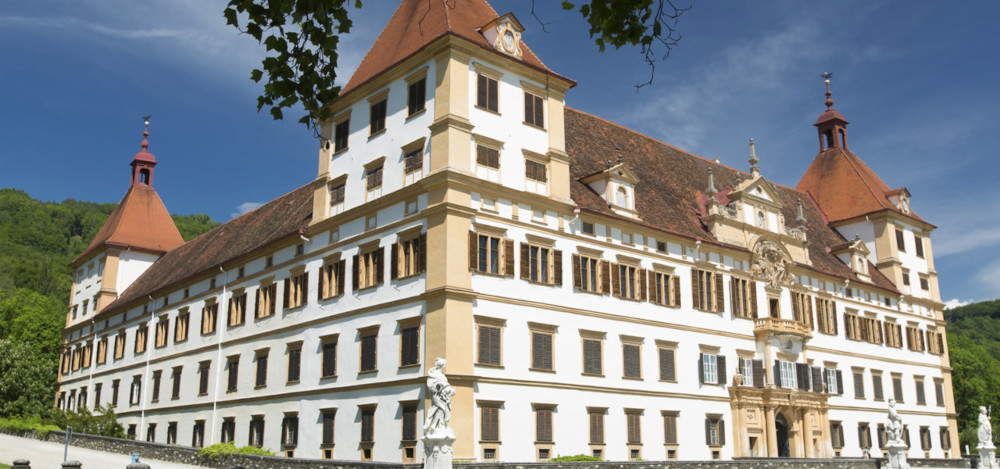
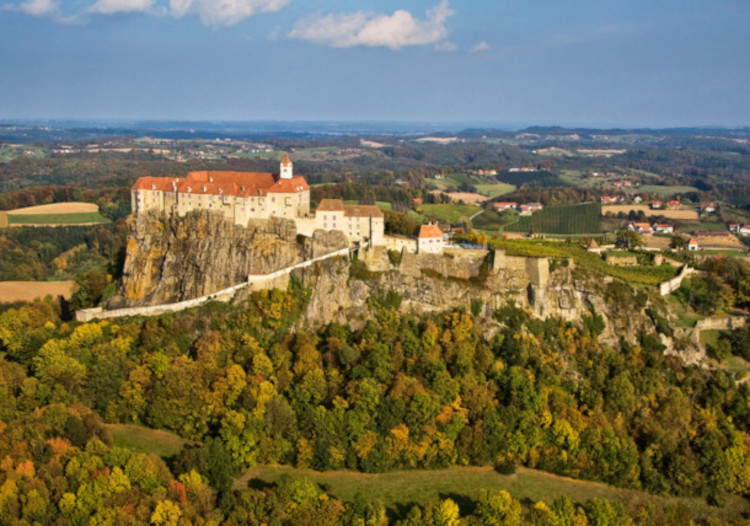
In the historic center of Innsbruck you can visit theHofburg, erected in the mid-15th century as the residence of the princes of Tyrol. Empress Maria Theresa transformed it into a Baroque castle with Rococo interiors. Among the most striking rooms is the Hall of Giants with frescoes and portraits of Maria Theresa and her sixteen children; the apartments and rooms devoted to furniture are worth seeing. Then located just outside Innsbruck, on a rocky outcrop overlooking the Inn River, is Ambras Castle, among the most beautiful Renaissance palaces in Austria. Philippine Welser received it as a gift in 1564 from Ferdinand II of Austria: the two had been united in 1557 in a morganatic marriage, and seven years later the governor of Tyrol decided to give her a sumptuous residence. It is one of the most important Habsburg residences, and today it is the only federal museum outside Vienna. A must-see is the Chamber of Wonders, in which the archduke collected works of art, objects, and curiosities from all the then known world. Ferdinand II’s Wunderkammer is one of the largest and oldest in Europe and includes crystals, pieces of goldsmithing, bronze and wood carvings, precious glass, unique paintings, coins, weapons, and naturalia. As well as the Portrait Gallery of the Habsburgs with more than two hundred paintings and the Gothic collections, most notably the altar of St. George by Emperor Maximilian I.
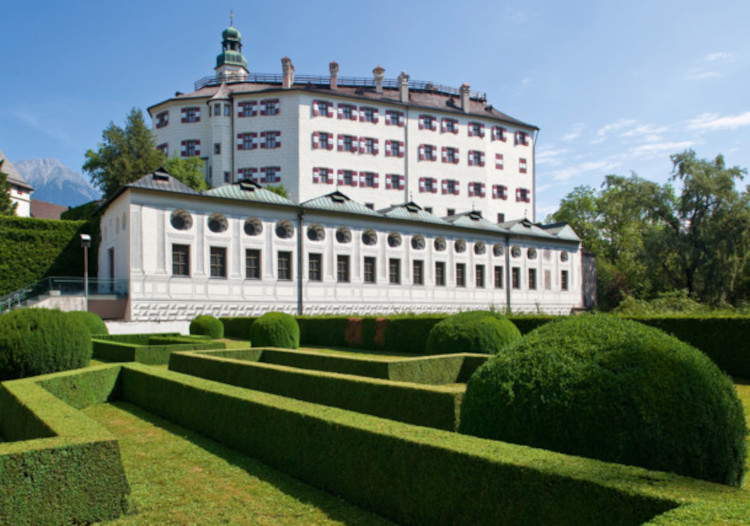
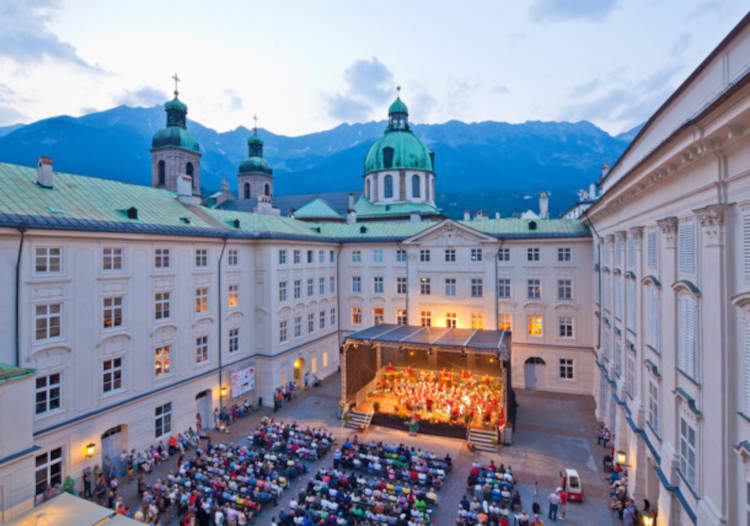
For more info on Austria’s palaces and castles, visit austria.info
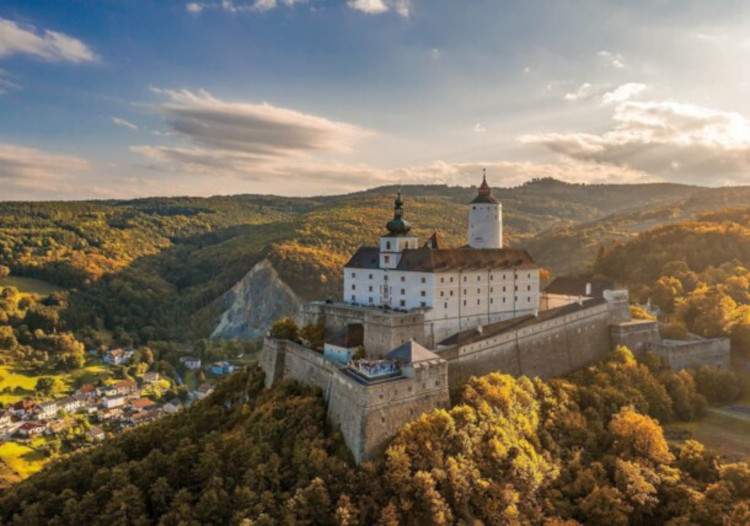 |
| Austria's most beautiful palaces and castles |
Warning: the translation into English of the original Italian article was created using automatic tools. We undertake to review all articles, but we do not guarantee the total absence of inaccuracies in the translation due to the program. You can find the original by clicking on the ITA button. If you find any mistake,please contact us.